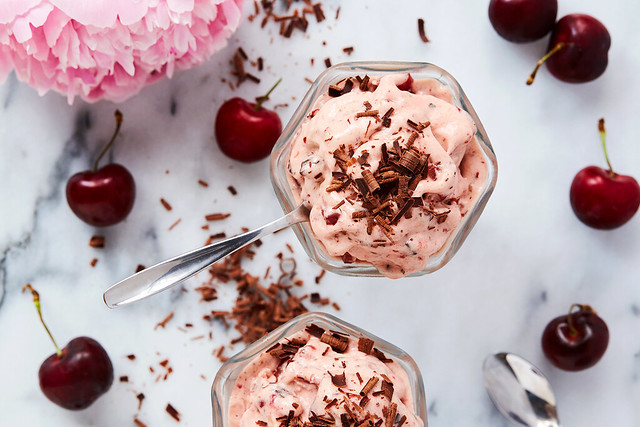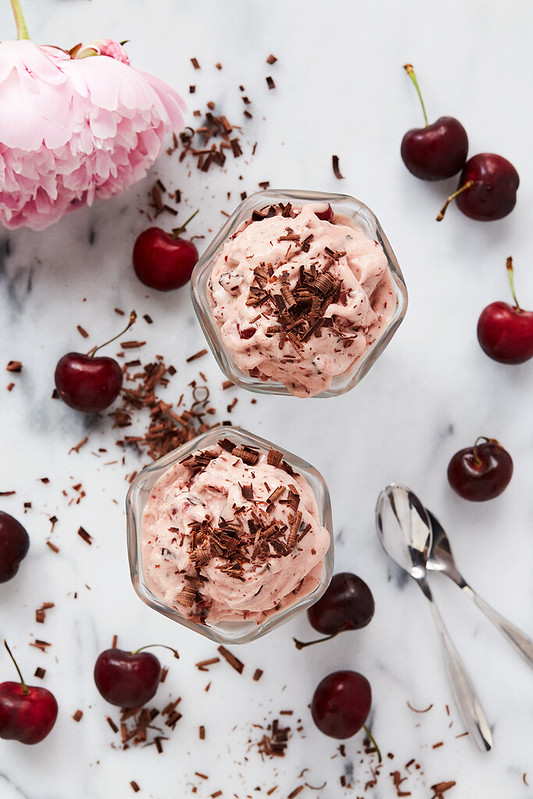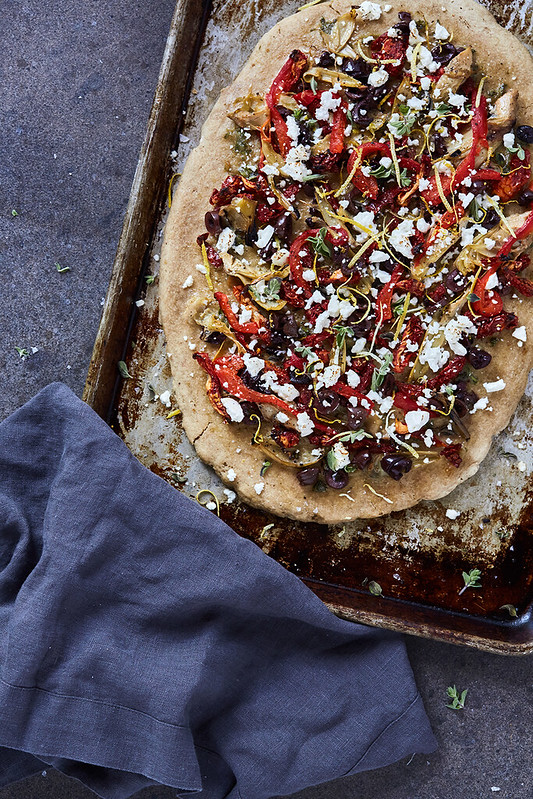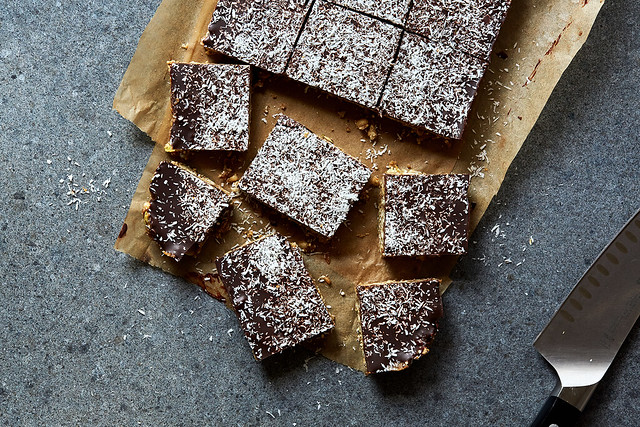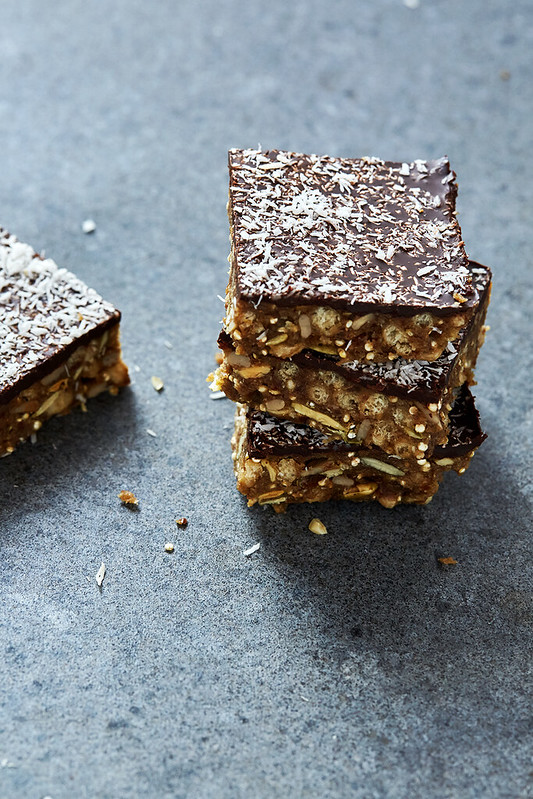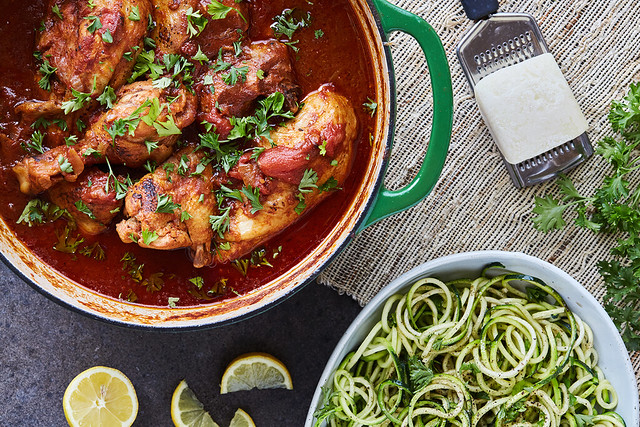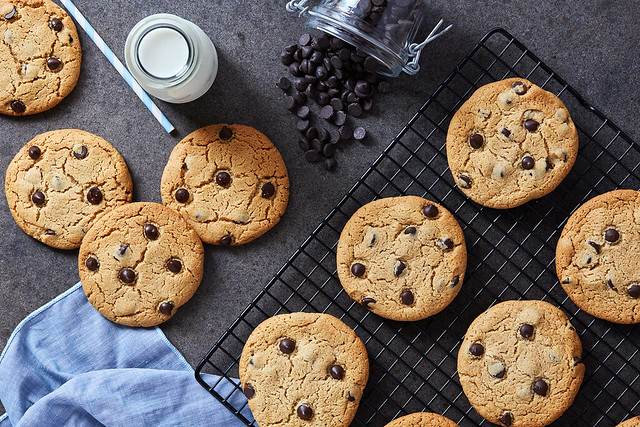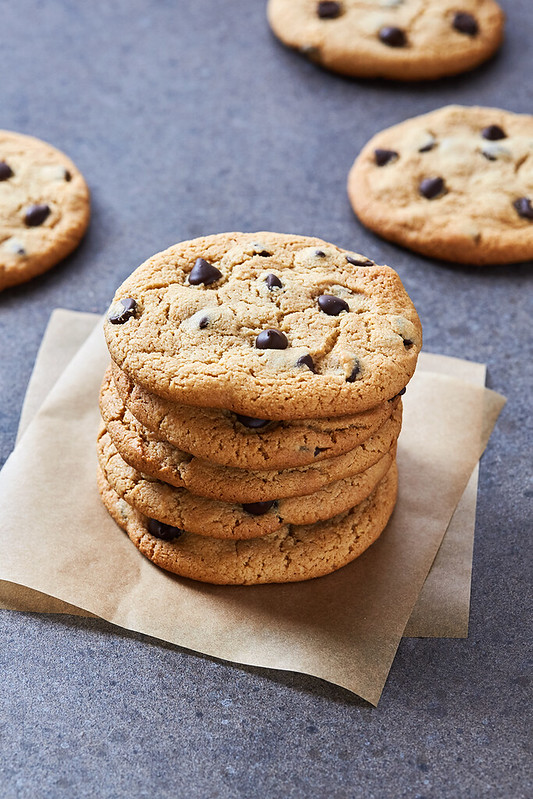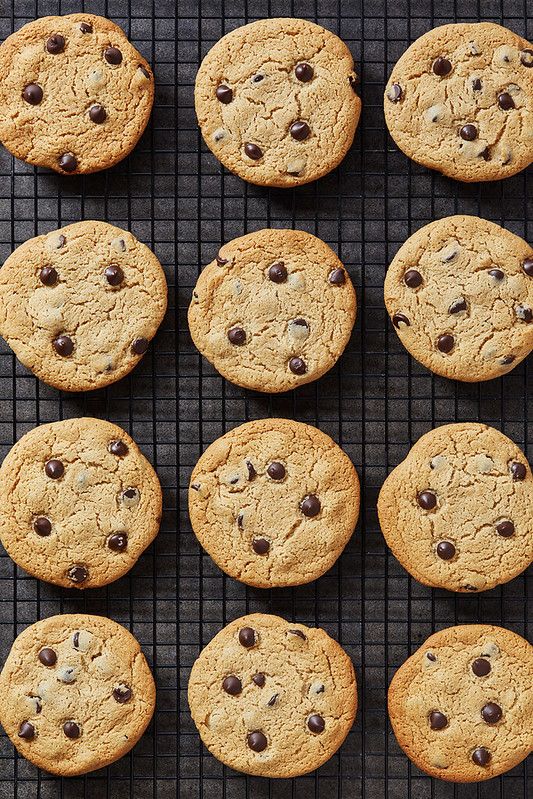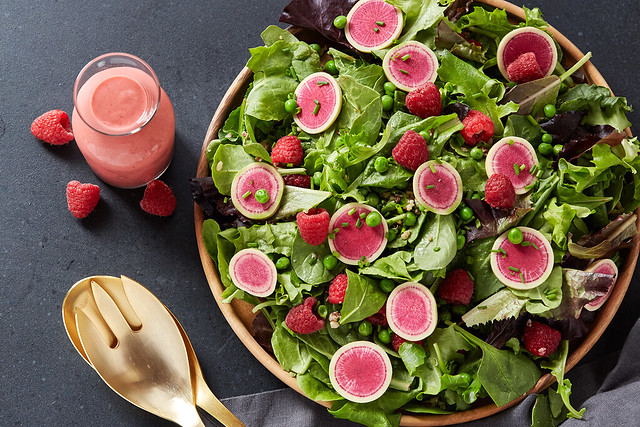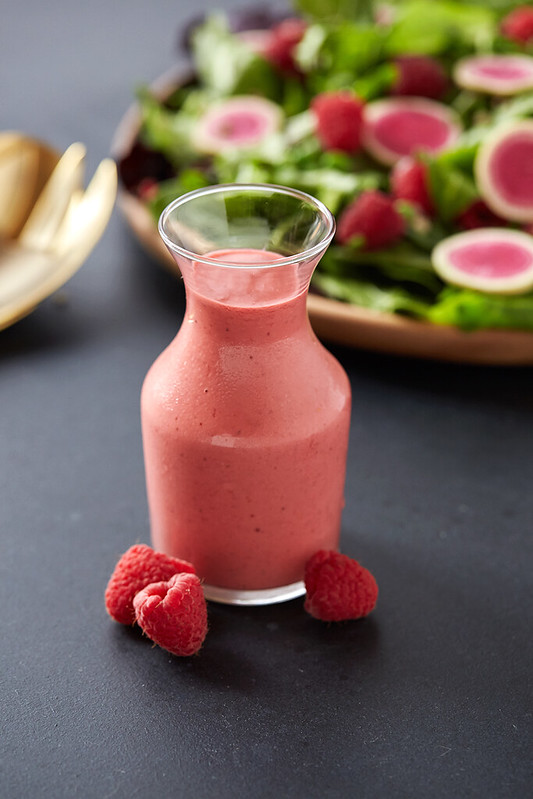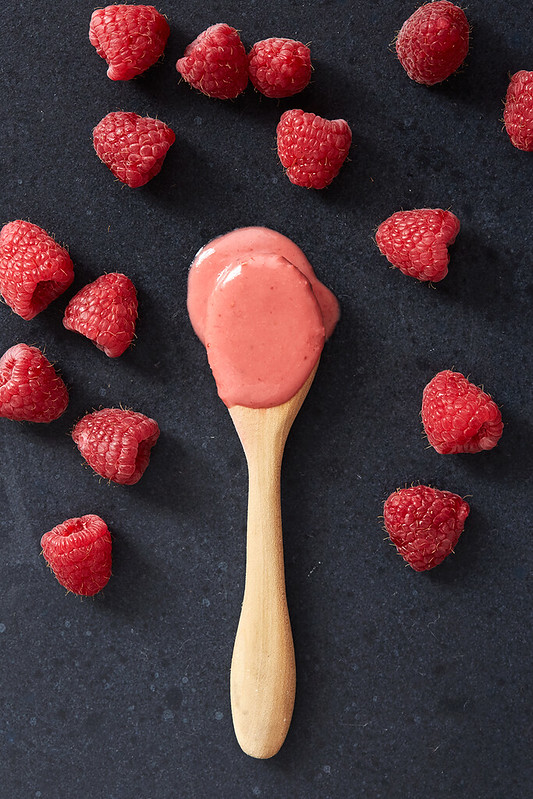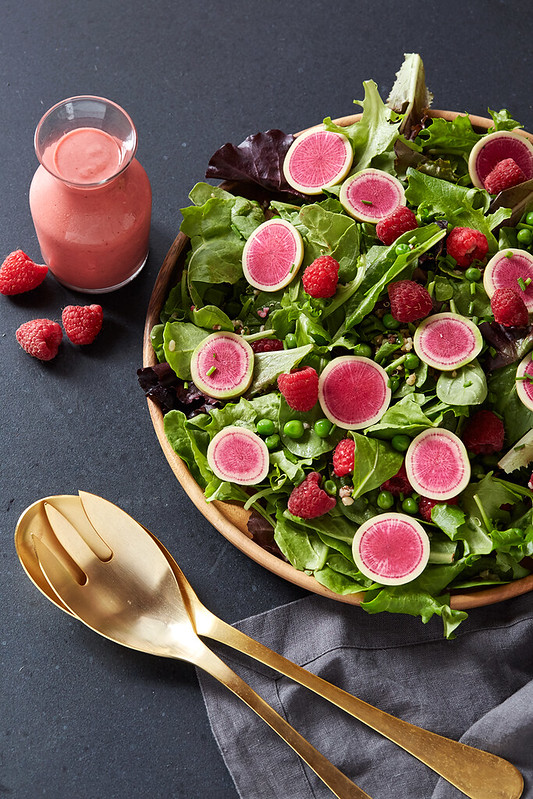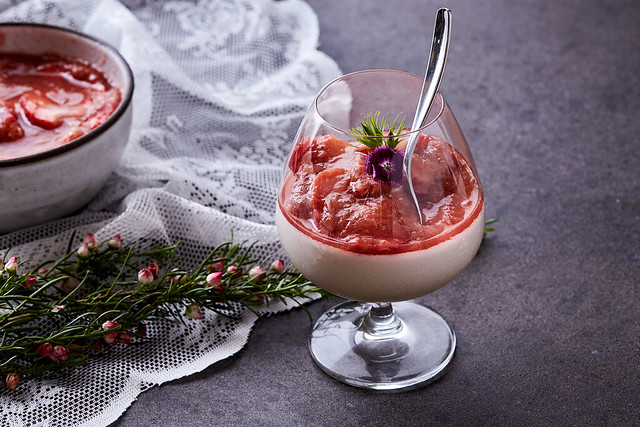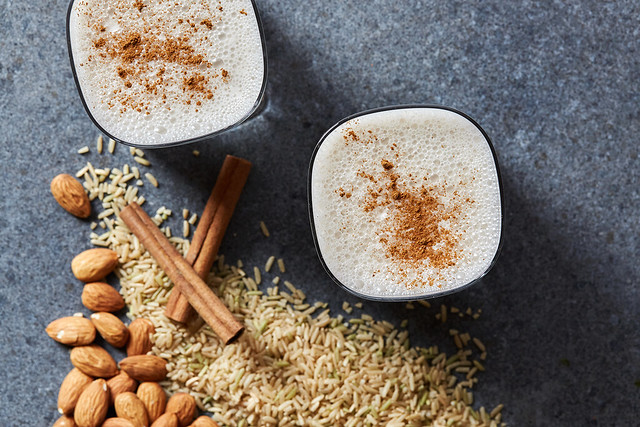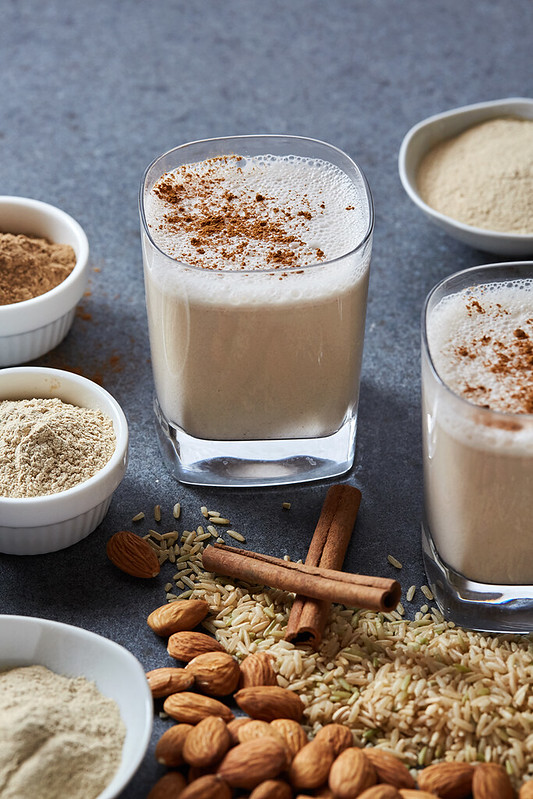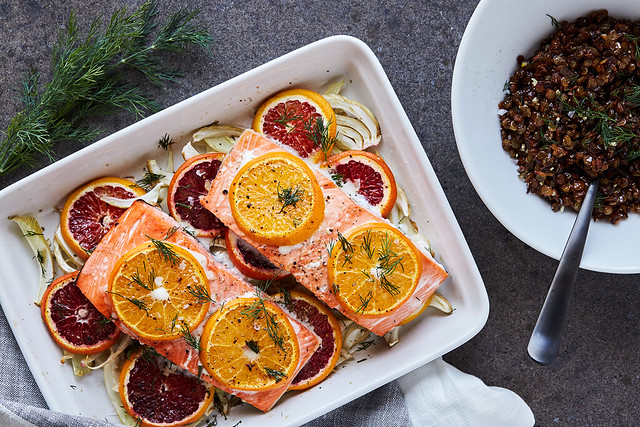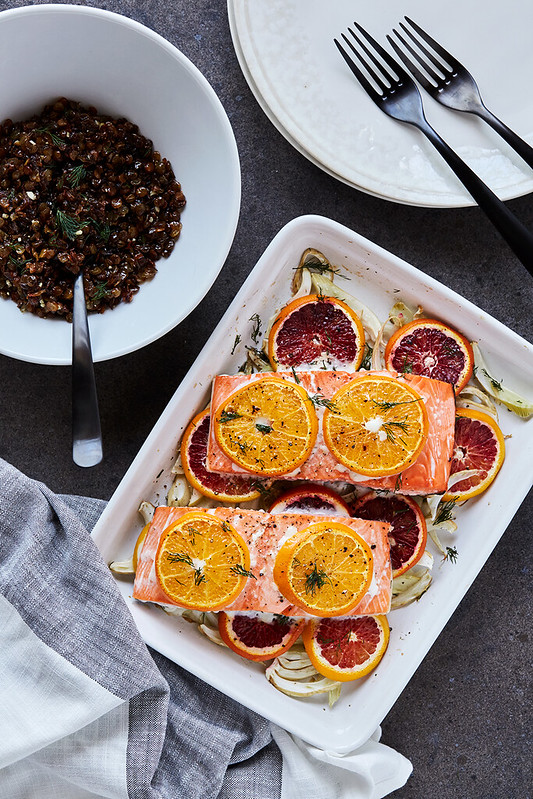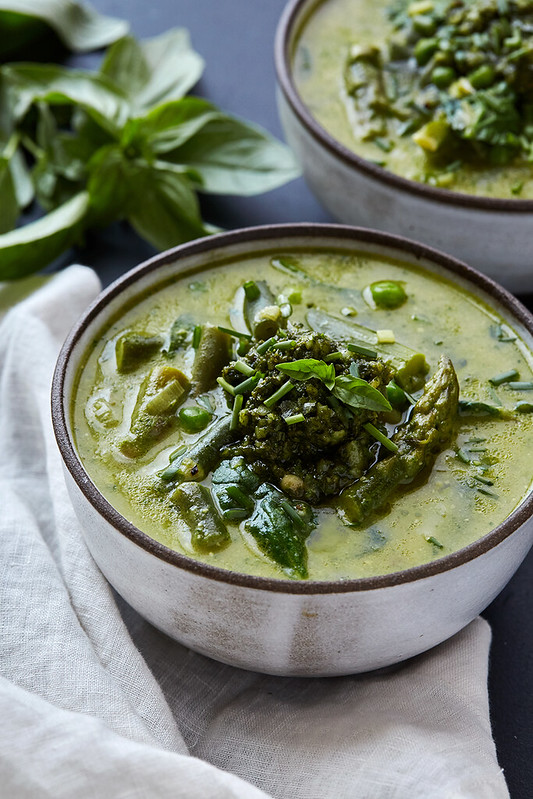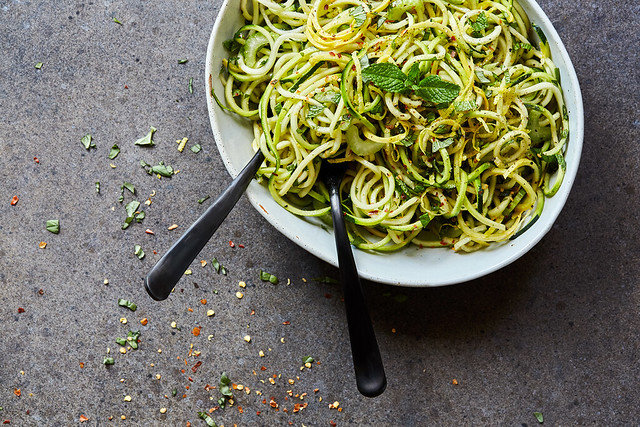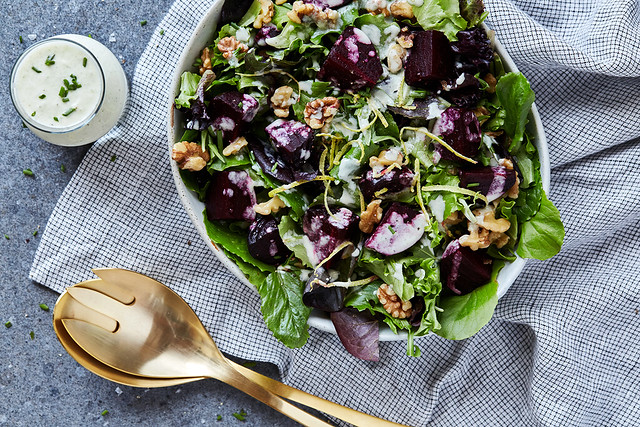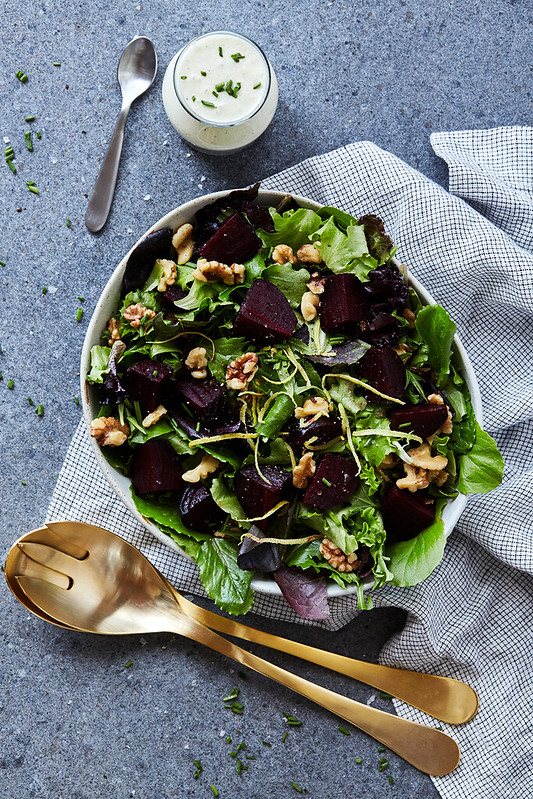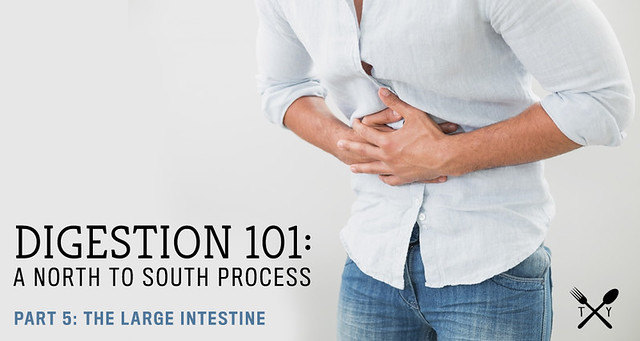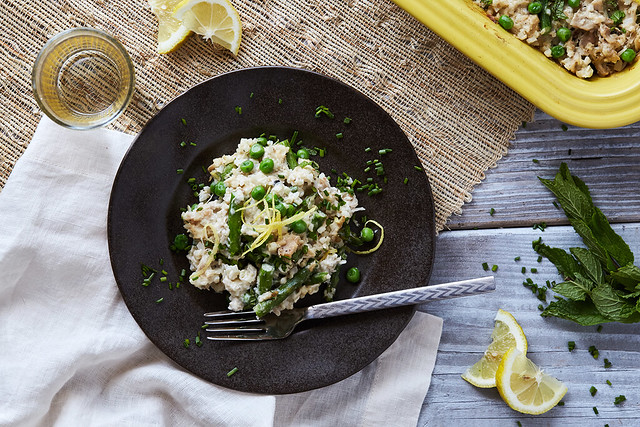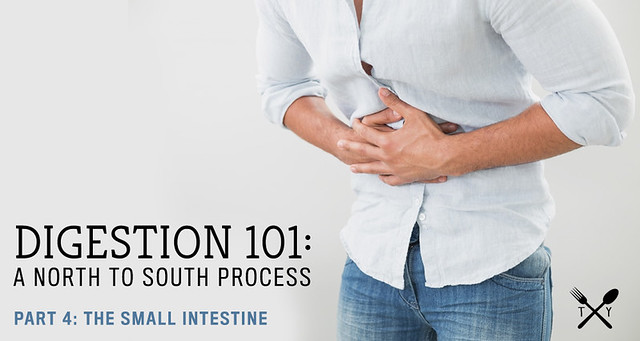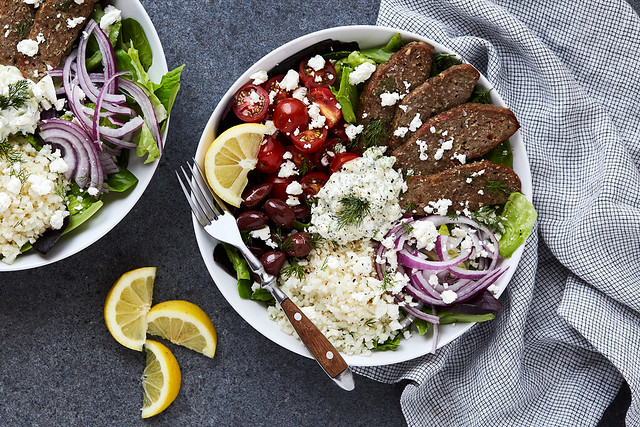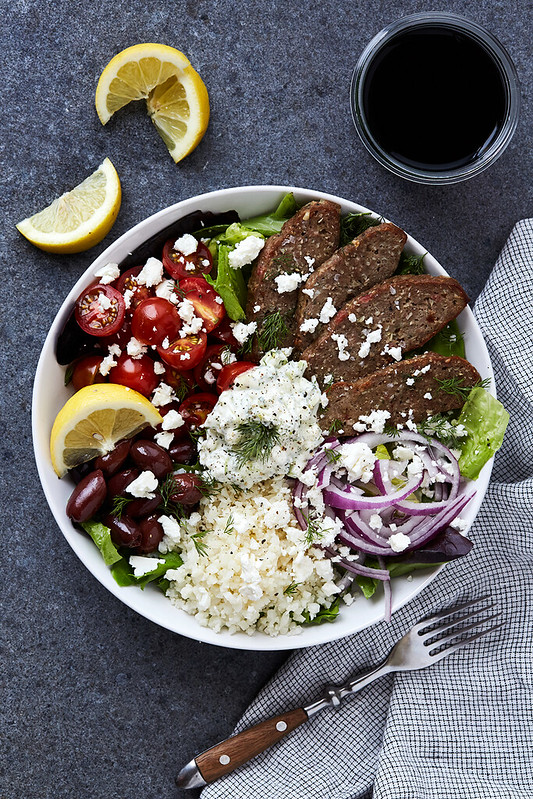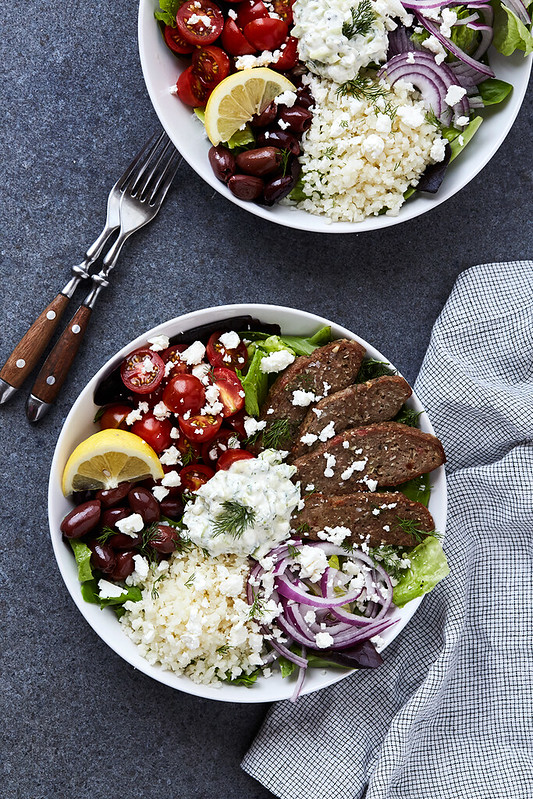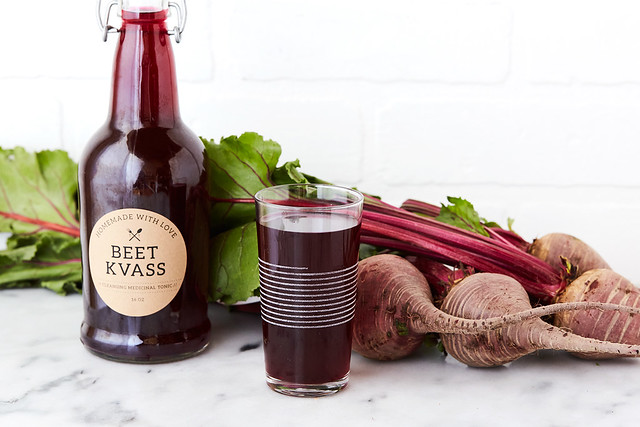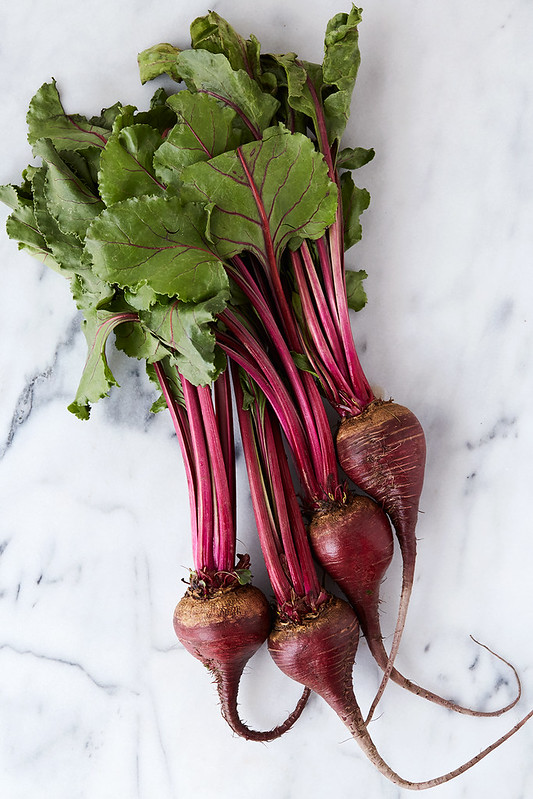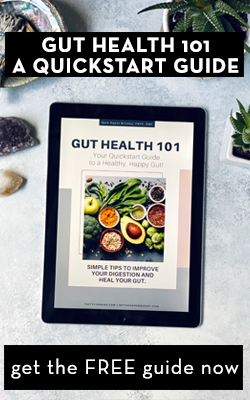-
Boosted Horchata
With today being Cinco de Mayo, I was feeling inspired to create just one more Mexican-inspired recipe. But as usual, I couldn’t leave well enough alone and I had to put a little nutritional spin on this one, too. Classic Mexican horchata is obviously crazy delicious on it’s own, there is no denying that, but often it’s loaded with tons of refined sugar and traditionally it’s made with run of the mill rice and almonds – so, there really isn’t much nutrition happening here. What else could I do except boost it?
This recipe takes a little time to prepare and you may need to do a little searching to find the right ingredients, but none of it’s difficult and I can tell you, it’s more than worth it. The end product is delightful. Full of creamy, rich, sweet and spicy flavor and depending on how you boost it, tons of health-containing goodness, too.
-
Get a More Restful Night’s Sleep with Bedtime Yoga and a Boosted Sleepy Time Tea
Get a More Restful Night’s Sleep with Bedtime Yoga and a Boosted Sleepy Time Tea
My yoga practice, while ever evolving, has played a role in my health and healing for about 10 years now. The beauty of the practice, whether it’s a powerful 90 minute vinyasa flow or a 30 minute restorative session of just a few long-holding poses – yoga has the power to refresh, to heal and to replenish the body.
I have shifted from the more powerful, long, morning vinyasa practices of my past to instead beginning my days with strength training sessions at the gym in the morning, with light yoga asana weaved throughout and these days I try to always finish my day with a little restorative yoga before bed. I have a new found appreciation for yoga’s power to ease me into a restful and quality sleep, through deep breathing and the physical release of tension.
No matter what poses you include and no matter the reason you were brought to your mat in the first place, yoga always places an emphasis on the combination and synchronization of breath and movement. This combination activates your parasympathetic nervous system which helps to alleviate stress and calm the body, together these can make a regular bedtime yoga practice a very effective sleep remedy.
Sleep is such an important and often neglected part of our lives, but this is when our body repairs on a cellular level, it digests and detoxifies, removing toxins, so it’s vital that we be getting 6-8 hours every single night. Maybe you can’t shut your brain off or maybe you toss and turn all night struggling to get comfortable. Whatever the reason, there are studies galore that prove the increased health risks associated with sleeplessness.
Give yourself 10 minutes before bedtime to include this simple sequence of gentle poses paired with this boosted sleepy time tea featuring Vital Proteins‘ Collagen, to let go of your day and prepare for a lovely night’s rest. You can even get yourself set up right on the bed, so you can stretch it out and roll right under the covers for your savasana.
Before your start your bedtime yoga ritual…
-
Digestion 101: A North to South Process // Part 5: The Large Intestine
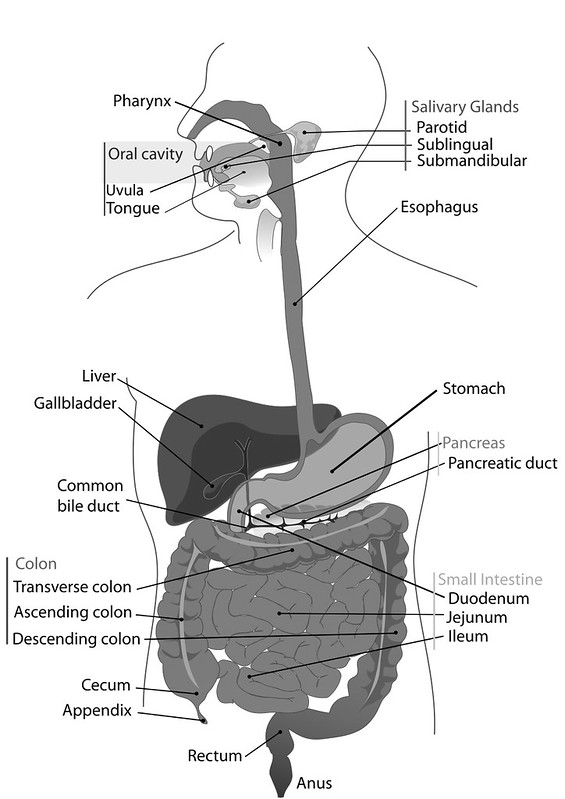
Digestion 101: A North to South Process
Here we are, at the end of the road. The large intestine is the final step in the process of digestion. By this point you probably more than understand the concept of digestion being a north to south process. We have talked about it at length starting first the brain and the mouth, and the importance of being in a parasympathetic state and properly chewing your foods, then of course the stomach and the dire need for proper hydrochloric acid production, how the accessory organs, the pancreas, liver and gallbladder continue the process of digestion, releasing bile, enzymes, various hormones and allowing the small intestines to finish digestion but more importantly do it’s very important job of assimilating nutrients and finally last but not least, the large intestine.
See Part One: The Brain and The Mouth
See Part Three: The Accessory Organs: Pancreas, Gallbladder and Liver
See Part Four: The Small Intestine
How it Should Work
The large intestine, or the bowel, is compromised of 3 sections, the cecum, colon and the rectum. The leftover chyme from the small intestines, passes through the illeocecal valve and first into the ascending colon. At this point in a healthy digestive system, what is left as chyme (the digested food) after the small intestines, is indigestible fibers, lots of water, sloughed off cells and bile. The large intestine is all about absorption and recycling.
As in the esophagus and the small intestine, the contents of the large intestine are pushed forward by a sequence of muscular contractions called peristalsis (a type of motility or muscular movement). After passing through the illececal valve the remains travels from the ascending colon, across the transverse colon where waste forms, into the descending colon, to the sigmoid colon and then the stool moves out of the body.
-
My Path to Becoming a Certified Nutritional Therapy Practitioner – Months 5 & 6
My Path to Becoming a Certified Nutritional Therapy Practitioner – Months 5 & 6
This post continues to share my journey of becoming a Nutritional Therapist with the Nutritional Therapy Association, covering Months 5 and 6, February and March. To read more about how I came to selecting this program and to read about Month 1 of the program, see my first post. To read about months 2 and 3, read my second post and to read about month 4 read my third post.
Month 5
The fifth month of this program was by far the most challenging for me, the content continued to roll in and simultaneously we were preparing for our mid-term examinations, the first weekend of March. Being a self proclaimed perfectionist I wanted to ace the exams, while of course, I also really wanted all of the content to be very clear to me. That meant lots of studying, lots of flash cards, memorizing and generally freaking myself out! It worked! I missed one tiny little thing on my written mid-term examination and had 1/2 point taken off on my functional evaluation practical exam. ACED!
Month 6
The first weekend of month 6 was our second workshop weekend, 4 long days. First we had our exams and then we spent the remainder of the weekend going over the content we had covered since our last meeting as well as continuing to practice the functional evaluations (you can read more about function evaluations here). After the workshop weekend we were on term break for just under 1 month. Read the rest of this entry »
-
Digestion 101: A North to South Process // Part 4: The Small Intestine

Digestion 101: A North to South Process
As we continue more south in digestion, after first the brain and the mouth, then the stomach we move from the first part of the small intestines, the duodenum and it’s interaction with the accessory organs, the pancreas, liver and gallbladder and into the function of the small intestine.
After we leave the duodenum, the small intestine is less about the actual process of digestion, from a sense of breaking down the food we eat and it is more about the assimilation and absorption of nutrients.
The first part of the small intestines, the duodenum, acts more as a part of the stomach than the small intestine and the jejunum, ileum and villi are responsible for assimilation.
See Part One: The Brain and The Mouth
See Part Three: The Accessory Organs: Pancreas, Gallbladder and Liver
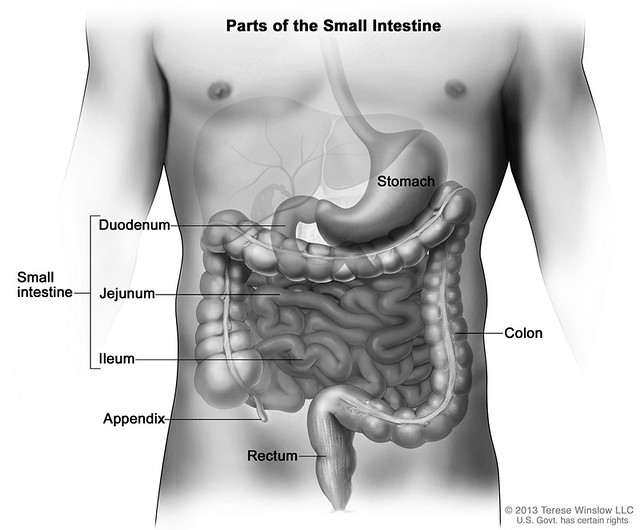
How it Should WorkThe small intestines have a dual role as an organ and a gland.
As we talked about in the previous post, The Accessory Organs – The Pancreas, Gallbladder and Liver, the small intestine releases mucous to keep things moving and it also releases two hormones: secretin and cholecystokinin.
Secretin stimulates the pancreas to release bicarbonate to lower the pH of the chyme and pancreatic juice. The CCK stimulates the gallbladder to release bile (to read more about these processes please see post #3).
By the time that the chyme has left the duodenum, thanks to the processes of the accessory organs, the chyme should be almost entirely digested.
- The carbohydrates have been broken down into glucose molecules
- Proteins are broken down into amino acids and polypeptides
- Fats are broke down into fatty acids and glycerol molecules
Peristalsis, a series of wave-like muscle contractions moves these absorbable molecules into the jejunum and the ileum, the middle and end parts of the intestine.
Within the small intestines, we have millions of villi, tiny finger-like projections that protrude from the epithelial lining of the small intestines. These villi and their microvilli absorb the nutrient molecules directly into the bloodstream, where they are carried throughout the entire body.
